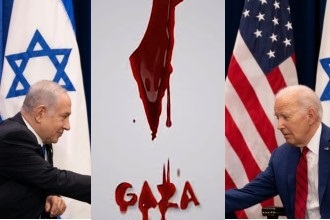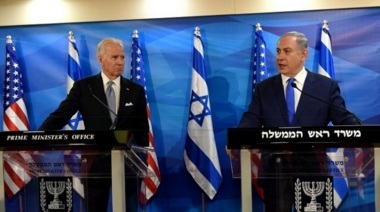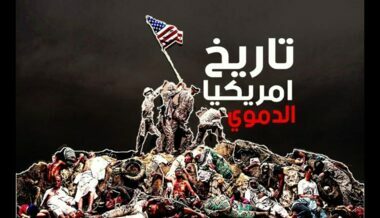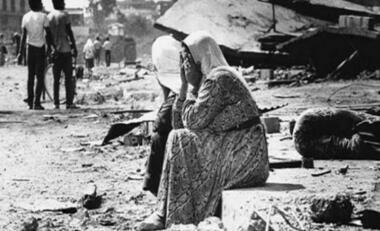Chris Christie Now Supports Gay Marriage, Because 'Even the Church Is Changing'
"Pope Francis is now allowing blessings of same-sex couples; even the Church is changing," Christie said at an Epping, New Hampshire, town hall this week.
Conservative Catholics note the pope permitting same-sex blessings is not a change of Catholic doctrine, but Christie has historically been a more progressive Republican, including espousing moderate views as an ABC News political analyst.
Christie said he has had to change his position on same-sex marriage to get with the new generation's ideology.
"It already has changed," Christie told a young woman who asked about his past support for marriage as being between a man and a woman. "I think this is generational."
"What I know is society has changed and what people are accepting in our country now is different than when I was growing up, certainly than when I was your age," he continued. "And you know I don't have any objection to it any longer.
"In the end, I think I've been convinced."
Christie says he was wrong about same-sex marriage as a governor and if was just a matter of time to turn, along with the help of Pope Francis' recent document saying a same-sex couple can be blessed.
"And so you know for me, it's still, it was a process I had to go through to change the way I've been raised both from a family perspective and what my mother and father taught me and felt and also from a religious perspective and I'm a Catholic and what my Church taught me to believe."
Christie has vowed to veto a bill when he was running for New Jersey governor in 2009.
The Vatican's Dicastery for the Doctrine of the Faith published Dec. 18 wrote "blessings are among the most widespread and evolving sacramentals" and it was acceptable for Catholic leaders to give "blessings for couples in irregular situations and for couples of the same sex."
Still, the declaration notes the church teaches marriage is between a man and a woman and that has not changed, and the blessings should "never" come in a civil union ceremony "and not even in connection with them," the Catholic News Agency reported.Notably, Catholics are not backing the pope's move like Christie has been quick to.
Cardinal Gerhard Müller, the Vatican's doctrinal office's former leader, said the blessing of a gay union would be committing a "sacrilegious and blasphemous act against the Creator's plan and against Christ's death for us."
"Blessing a reality that is contrary to creation is not only impossible, it is blasphemy," Müller said, according to CNA.
Eric Mack | editorial.mack@newsmax.com
Eric Mack has been a writer and editor at Newsmax since 2016. He is a 1998 Syracuse University journalism graduate and a New York Press Association award-winning writer.
© 2023 Newsmax. All rights reserved.














